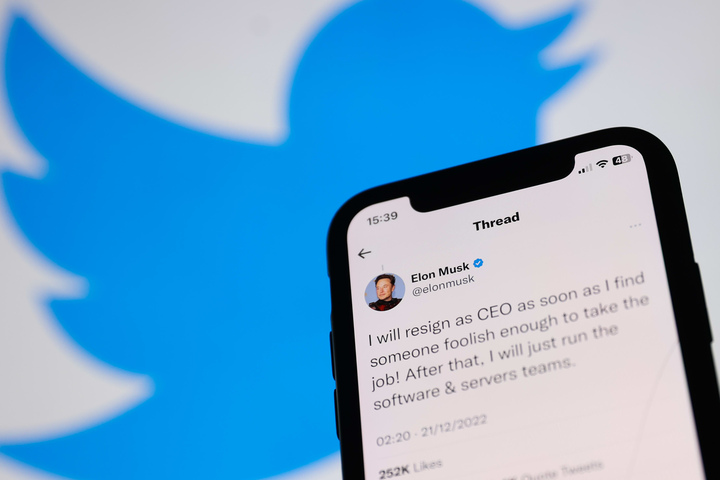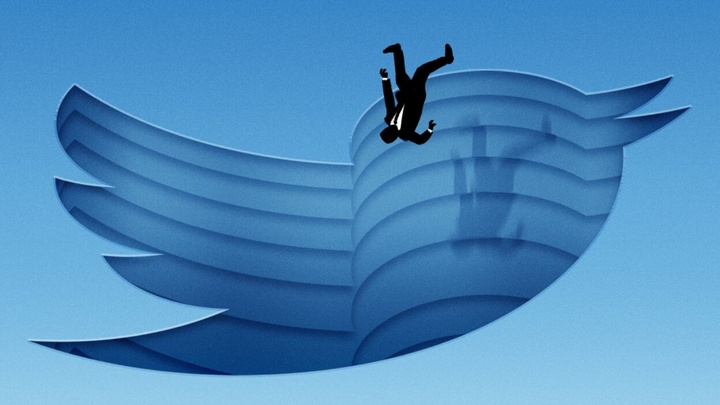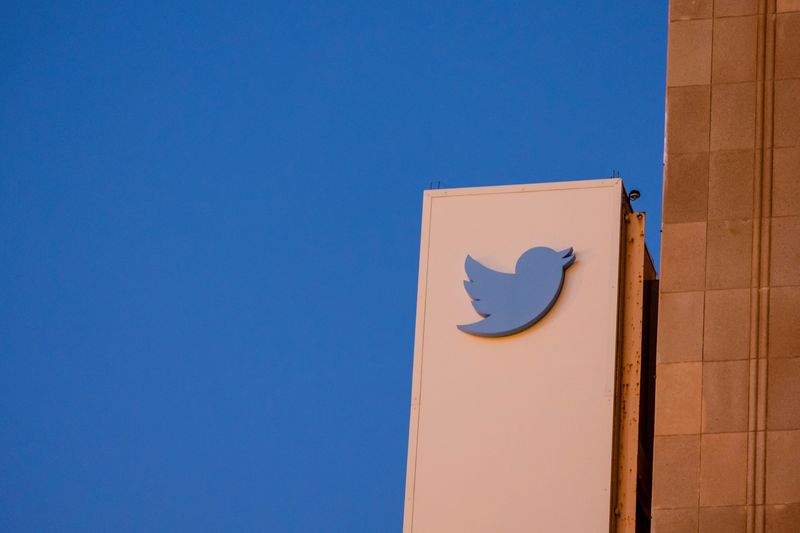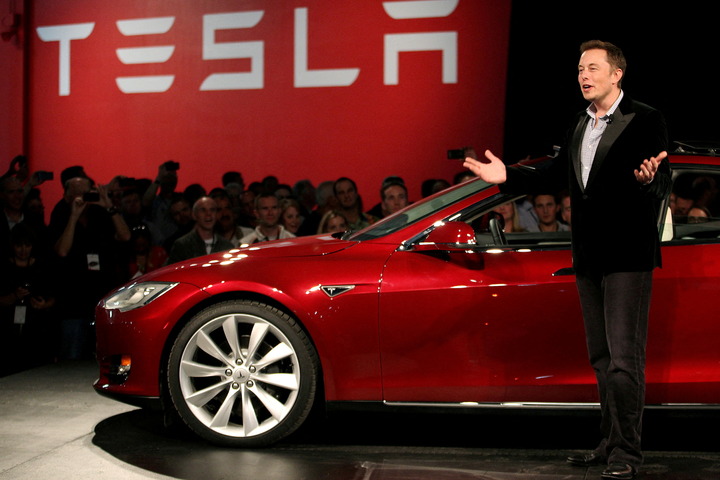Elon Musk to unveil Tesla’s ‘Master Plan 3.’ What to expect for us?
Elon Musk, the CEO of Tesla, said on Twitter on Wednesday that he will unveil the eagerly anticipated Master Plan 3 on March 1 at the company’s investor day.
Tesla announced it will discuss its next-generation vehicle platforms at the forthcoming investor day, which will be held at its gigafactory in Texas. Elon Musk has said that these platforms would result in a car that costs around half as much as Tesla’s current vehicle underpinnings. The session will be broadcasted live.
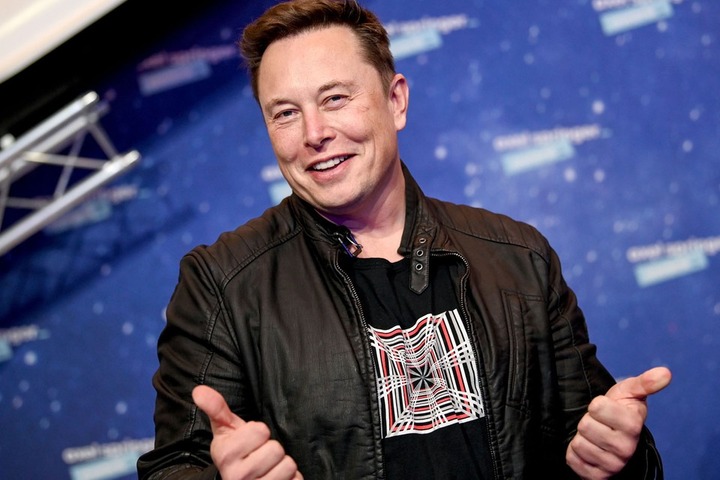
The company said that some retail and institutional investors will be welcome to attend in person. According to the company, investors will be able to tour its manufacturing facility and speak with members of the leadership team about issues such as the company’s long-term expansion goals, its generation 3 platform, and capital allocation.
Also Read: Tesla is getting cheaper. Is it a good move by Elon Musk?
Musk originally made vague promises to increase Tesla operations to “extreme size” in his Master Plan 3 hints from last March. He also touched on issues like AI and said that his other companies, SpaceX and The Boring Company, would be a part of this next phase of the plan.
On Wednesday, there was a new update. He tweeted, “Master Plan 3, the path to a fully sustainable energy future for Earth will be presented on March 1.”
In 2006, Musk published a blog entry on Tesla’s website explaining what he referred to as the Master Plan. The four-step approach began with the development of a high-priced, low-volume vehicle, and then used the proceeds to fund the creation of a medium-volume, lower-priced car.
An affordable, high-volume car would be produced with the money made from the medium-volume car. The plan concluded with the phrase “provide solar power.”
Part two, or Part Deux, was introduced in 2016 with the goal to “create stunning solar roofs with seamlessly integrated battery storage,” expand Tesla’s EV product line to include all key market segments, and provide self-driving technology that is ten times safer than manual.
Also Read: Why is Meta shutting down Echo VR?
The plan also claimed that owners will be able to use ride-sharing to leverage self-driving technology and profit from their unused vehicles. In part two, Tesla did not check off all the boxes. The Cybertruck, which is apparently a part of the strategy to extend the EV line of products, has not yet been released.
Despite the branding, its advanced driver-aid technology does not drive itself, so owners cannot convert their cars into money-making robot axis. Musk appears to be prepared to continue with Part 3 anyway.
Last year, Tesla shares experienced their worst yearly performance as a result of Musk selling Tesla shares to pay for his acquisition of Twitter and other shareholders losing faith in his commitment to the automaker, whose sales growth fell short of expectations.

I am a law graduate from NLU Lucknow. I have a flair for creative writing and hence in my free time work as a freelance content writer.
